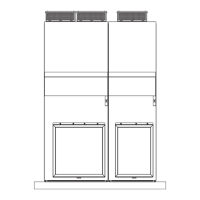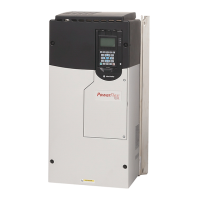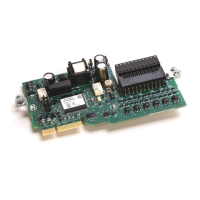Rockwell Automation Publication MOTION-RM003I-EN-P - February 2018 25
Chapter 2
Behavior models used in CIP Motion
Control systems and algorithms are used to discuss the CIP motion attributes.
Conceptual diagrams and feature descriptions are provided to help orient you to
the various components of CIP motion.
Behavior models
Acceleration Control Behavior on page 25 Motor Attributes Model on page 57
Command Generation Behavior on page 28 Position Control Behavior on page 58
Current Control Behavior on page 35 State Behavior on page 61
Event Capture Behavior on page 38 Torque Control Behavior on page 71
Fault and Alarm Behavior on page 41 Velocity Control Behavior on page 79
Motion Control Axis Behavior Model on page 51
See also
Standard Exceptions on page 456
Interpret the Attribute Tables on page 87
While dynamic motor control through an acceleration command is not common
in the industry, Acceleration Control completes the dynamic progression from
Velocity Control to Torque Control. The output of the velocity loop, Velocity
Loop Output, also has units of acceleration. The sum the contributions of the
Acceleration Command, Acceleration Trim, and Velocity Loop Output to form
the Acceleration Reference signal that serves as one of the primary inputs to
Torque Control behavior. Acceleration Control can optionally include a Load
Observer to compensate for mechanical backlash, mechanical compliance, and
various load disturbances.
Behavior

